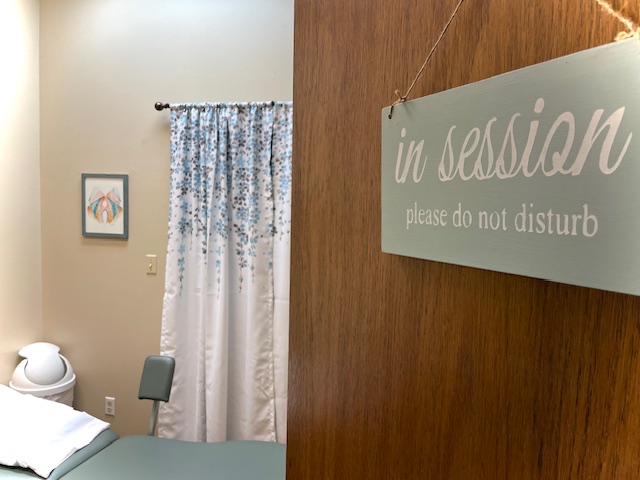
Pelvic Health
Pelvic pain can occur for many reasons. One typical cause is what is called a hypertonus dysfunction or an unusual tightening of the pelvic floor muscles. This is common after a long delivery and scar tissue formation from a healing episiotomy. It can also occur from sexual abuse or when the muscles tighten to prevent the “falling out” sensation that occurs with the prolapse of the internal organs. The primary symptom is pain, but it can occur in the back, perivaginal area, lower abdomen, or thighs.
THE PURPOSE OF PHYSICAL THERAPY
Physical therapy can help to eliminate or manage pelvic pain while restoring quality of life. This is possible through a comprehensive approach to the evaluation and treatment of the pelvic floor.
PELVIC FLOOR TREATMENT
In a private quiet room, each patient will have an individual evaluation that will last approximately one hour.
If the patient feels more comfortable with another person in the room, we always offer a second person. The initial evaluations includes an internal exam if the patient is comfortable in order to properly assess the patient’s musculature and symptoms.
- Educational instruction
- Observation and palpation of pelvic floor to patient’s comfort level
- Stretching and strengthening techniques
- Relaxation techniques
- Soft tissue and joint mobilization
- Modalities
- Biofeedback
- Behavior modification
Meet Our Pelvic Health Specialist!
CHRISTA GATEWOOD, MPT!

Conditions We Treat
Urinary Incontinence
Pelvic Organ Prolapse
Painful Intercourse
Pregnancy/Postpartum Issues
Constipation & Bowel Disorders
Pelvic Pain & Pressure




